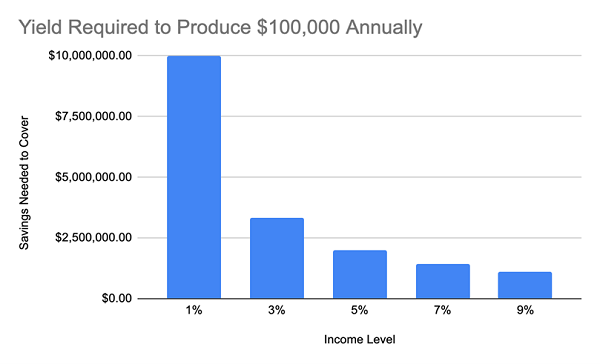Sure, 2023 brings a lot of uncertainties, but one thing we can be sure of is that buying stocks now—particularly if you do so through high-yield closed-end funds (CEFs)—will likely pay off in the long run.
I say that we CEF buyers stand to gain in the long run because, well, history is on our side here. Consider that even folks who bought the average S&P 500 stock at the height of the market in January 2020 are still up about an annualized 6%. That’s less than stocks’ long-term 8% average, sure, but it’s still a decent profit, all things considered.… Read more


Recent Comments